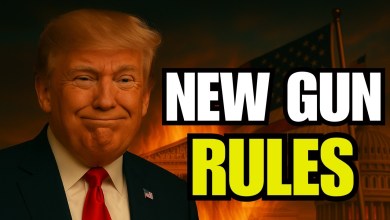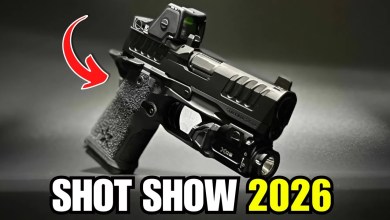New Trump Trade Deal Will Add Thousands to the Cost of Japanese Auto Imports

American car buyers have already begun watching prices surge in the wake of the 25% auto import tariffs enacted by Pres. Donald Trump in May. As part of a new trade deal with Japan, those tariffs now will be cut to 15%. But, that still means the price of products like the Toyota 4Runner, Nissan Murano, and Mazda CX-90 could go up by thousands compared to what they cost before the start of the Trump trade war.
The deal could eventually see Japan move more production to the U.S., backed by a $550 billion investment fund that the Asian nation’s trade negotiators agreed to. But it would take years to get new assembly plants into production and, in the meantime, we could see some Japanese product lines disappear from the market, industry analysts warned.
What’s New
Since taking office, Trump has announced a broad series of new tariffs, though some have been put on hold. Those currently in effect add 25% tariffs to foreign-made autos and auto parts, as well as the imported steel and aluminum widely used in even those vehicles assembled in the U.S.
While the president initially promised a deal a day, this is only the second major agreement with a major foreign trade partner, following one with the U.K. Still, Trump described this as “perhaps the largest Trade Deal ever made” on his site, Truth Social.
Japan and the U.S. will now have reciprocal 15% tariffs on a wide range of goods, including automobiles. Japanese automakers previously paid duties of just 2.5% on vehicles shipped to the U.S. Autos accounted for 28.3% of the goods Japan shipped to the States in 2024. And, for the first half of 2025, that added up to $70.34 billion worth of vehicles.
Big Bump
Those vehicles cover a wide spectrum, from the sporty Honda Civic Type-R to Infiniti’s flagship QX80 SUV. All will now become much more expensive — at least, if manufacturers pass on the added tariff costs.
The typical vehicle sold in the U.S. now runs just short of $50,000, according to Kelley Blue Book. The 2025 Nissan Murano Platinum comes close, with an MSRP of $50,990.
According to Sam Abuelsamid, chief analyst at Telemetry Agency, tariffs are based on what you could consider wholesale prices. For the typical vehicle that runs 5-10% below sticker.
Working with a figure of $40,000, the old tariffs came to about $1,000 before the Trump trade war. That will now jump to $6,000, noted Abuelsamid. And on various versions of the Infiniti QX80, the new tariffs will top $13,000.
Who’ll Pay
On a number of occasions, Trump has said tariffs are paid by the country of origin. That has been widely disproven, with tariffs charged to whoever is importing foreign goods.
Those businesses then have to decide whether to pass them on to customers and, if so, how to do so, said Abuelsamid. Automakers can’t afford to simply absorb the new tariffs, which are “more than its profit margins. It’s a substantial hit,” he added, that … will eventually be borne by consumers.”
For her part, Stephanie Brinley, principal auto analyst at S&P Global Mobility, doesn’t expect to see automakers automatically passing on tariffs. They “are going to need to be as competitive as possible and have to find a way to avoid a situation where a vehicle (like Murano) might suddenly be 15% more expensive” than a domestically produced competitor.
Brinley said she expects some low-end Japanese-made models, particularly those sold in low volumes, could simply be dropped by their manufacturers. With other product lines, companies such as Toyota and Nissan might abandon low-margin base trim packages.
What Products Are Impacted
Over the past 40 years, Japanese automakers have established a large manufacturing network across North America. It’s responsible for about 70% of the vehicles Toyota sells in the U.S., David Christ, group vice president for Toyota North America, said during a media event in June. But the company still imports models like the little GR86 sports car, the big Land Cruiser, the popular 4Runner SUV, and the two Lexus SUVs: the GX and LX.
Other Japanese-made models include:
Other Tariff Trouble
Ironically, the new U.S.-Japan trade deal means automakers could wind up getting a comparative bargain on Japanese-made vehicles. The president wants to impose 25% duties on Mexican-made vehicles, such as the Honda HR-V. He’s proposed 35% tariffs on Canadian auto imports, such as Honda’s CR-V and the Toyota RAV4.
While the trade deals have been far slower to come than promised by the White House, S&P is forecasting that we’ll see most trade partners settle in with tariffs of 10-15% by sometime next year, said Brinley.
Meanwhile, several Japanese automakers have begun looking at the possibility of boosting U.S. production. Nissan has indicated it might do so, taking advantage of its underutilized plant in Canton, Miss., noted Abuelsamid.
Automakers might also access the $550 billion investment fund that Japan is setting up, although it could take years before any new assembly plants could begin operation.
Read the full article here








